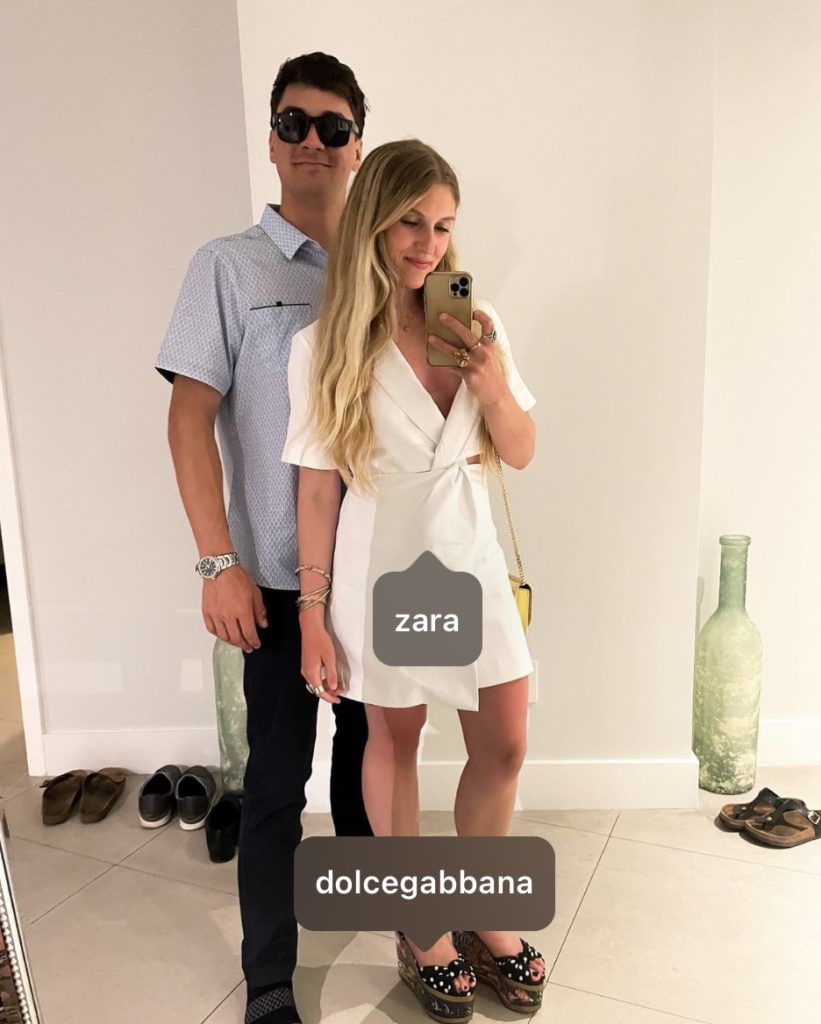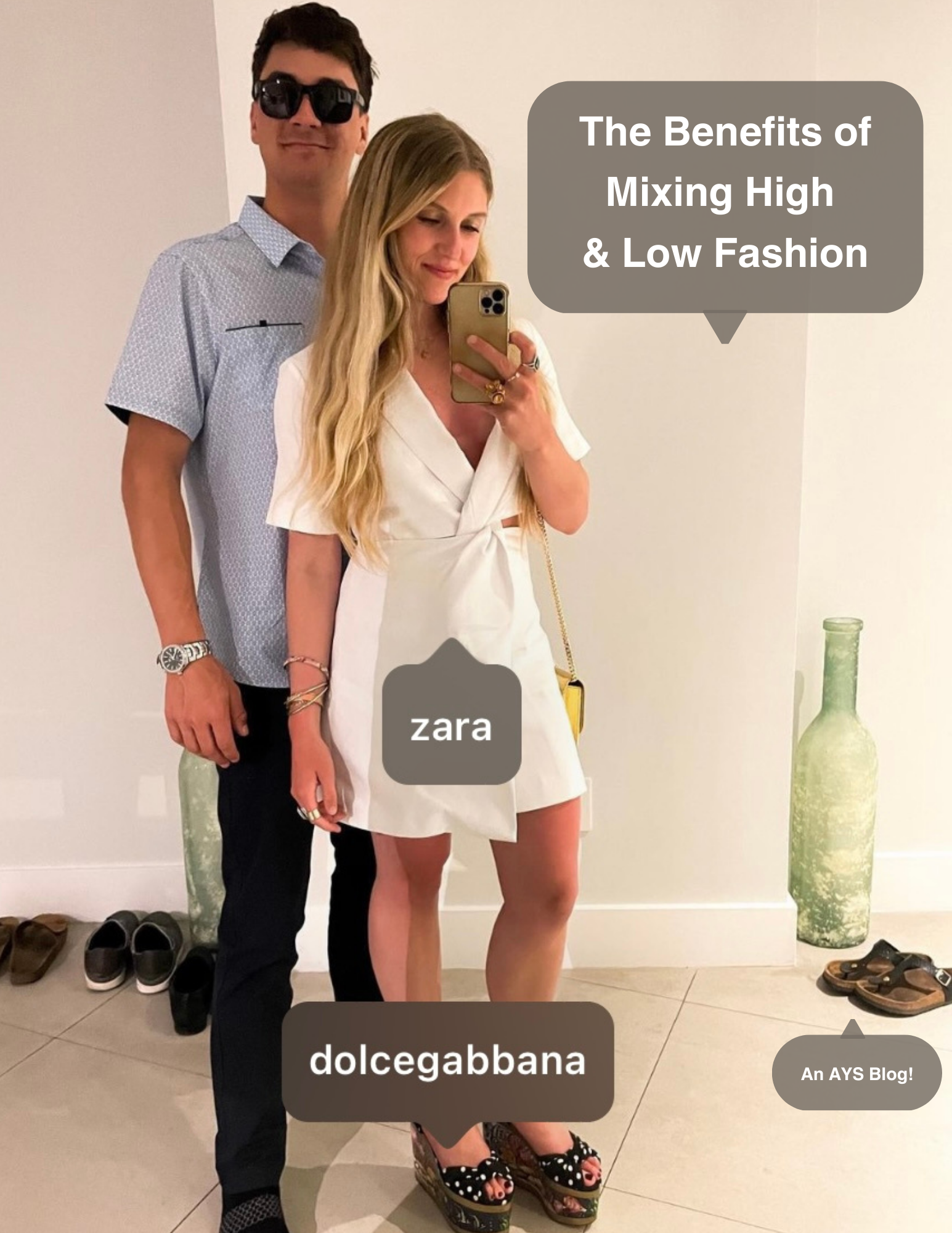One of the most common questions I get after I tell people that I’m a fashion stylist is: “What stores do you shop from??” I always say that when shopping for other people, it depends on their personal taste, the occasion, and of course, the budget. But even for my higher profile clients, their wardrobes are stocked with affordable items — and you’d be surprised that many celebrities consider cheaper items to be wardrobe staples too! Read more to learn about the value you can get in return when you opt for a mix of high and “low fashion” pieces over buying designer everything.
Most of the time when I’m doing a complete closet edit as a part of my New Client Collection service, I’ll shop from a variety of stores: often mixing high and low fashion to easily mix and match, and to highlight some of their pricier statement pieces. I guarantee that even the high-profile celebrities, fashion designers, and Bottega-toting influencers on your Instagram and Pinterest feeds (follow me @abbyyoungstyling !) are doing it too: Edward Enninful, editor in chief of British Vogue, recently told The Wall Street Journal that “Everybody I know with style mixes and matches high and low… All my friends do: Kate Moss, Naomi [Campbell], you name it.” There’s absolutely no shame in shopping at stores like Gap, Costco, and Zara, especially for basics.

Don’t get me wrong, I think it’s crucial to support slow fashion when possible: not only is it better for the environment to discourage the mass production of cheaply made and soon-to-be-tossed clothes, it’s also easier on the wallet to be buying less in general. Durability is key, which is why I’m a big advocate for thrifting. According to Elizabeth L. Cline’s statement to The WSJ, there isn’t “a ‘huge dividing line’ between the footprints of brands that make inexpensive staples and those producing luxury wares”. In other words, unless you’re buying couture-everything, designer goods are not that much better for the environment than shopping from fast fashion brands. Giving a second life to consigned and thrifted clothes is one of the more sustainable choices for additions to your wardrobe. (Stylist tip: bring your second-hand clothes to a local seamstress to tailor your pants and jackets, or to up-cycle the piece by refreshing the style!)
I hope this article was helpful, and gave you some assurance about shopping from more affordable stores. Again, buying all-designer is not only unrealistic, it’s also unnecessary! If cheaper basics are good enough for Naomi Campbell, they’re certainly worth divesting in.
